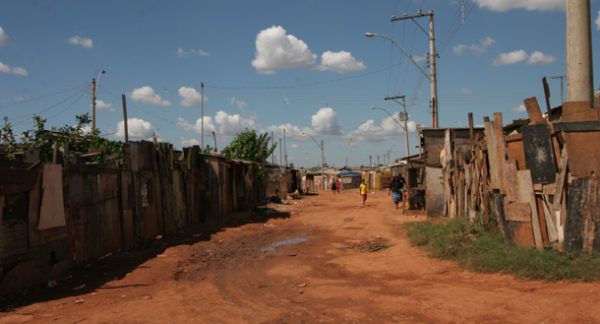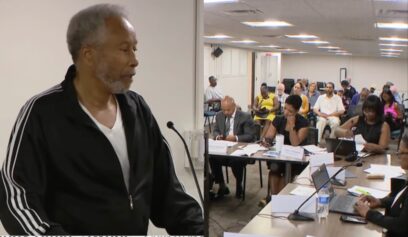Quilombos are Afro-Brazilian settlements that were originally established by Black people who escaped slavery. Through the years, the descendants of these Africans have continued to inhabit the land their ancestors historically claimed as their own. Because of the historic racist attitudes toward the settlements, the occupants have been marginalized from Brazilian society. For this reason, in 1988, Article 68 of Brazil’s Constitution was established to protect Afro-Brazilians’ rights to the land. However, the report expounds upon the many ways by which this reparations initiative has failed to be realized by Afro-Brazilians. They are as follows:
Racism and Discrimination Prevent Enforcement
According to Between the Law and Their Land: Afro-Brazilian Quilombo Communities’ Struggle for Land Rights, a report released by the Bernard and Audre Rapoport Center for Human Rights and Justice at the University of Texas School of Law, Article 68 of Brazil’s Constitution declares that “Final ownership shall be recognized for the remaining members of the quilombo communities who are occupying their lands and the state shall grant them the respective title deeds.” However, the report says there is “a lack of political will” due to the fact that the process by which the government implements Article 68 is influenced by “a strong form of historically-derived structural discrimination and racism.” As Afro-Brazilians, quilombolas face the same severe problems of racism, structural discrimination, and violence encountered by many Blacks in Brazil. The majority of quilombolas live without the recognition, the respect, and the basic rights due to all of Brazil’s citizens. They consistently remain in a worse position than people of white or mixed-race. This vulnerability has severely impeded their ability to make effective land rights claims.
No Official Definition of ‘Quilombo’ Complicates Land Right Claims




